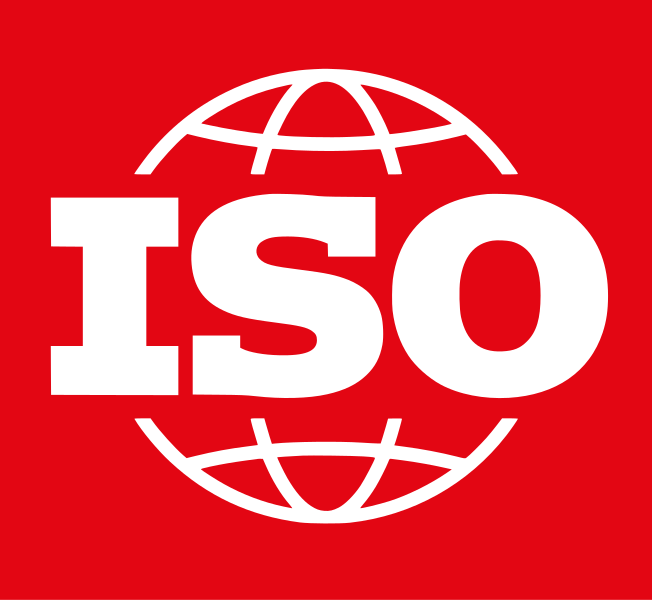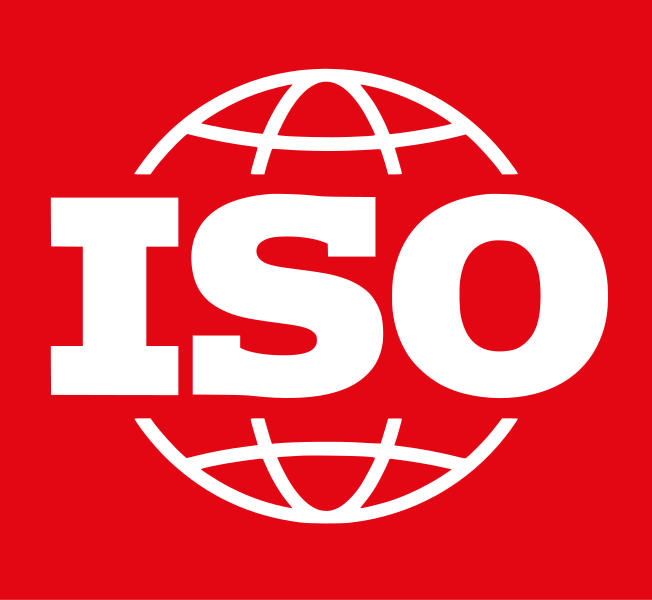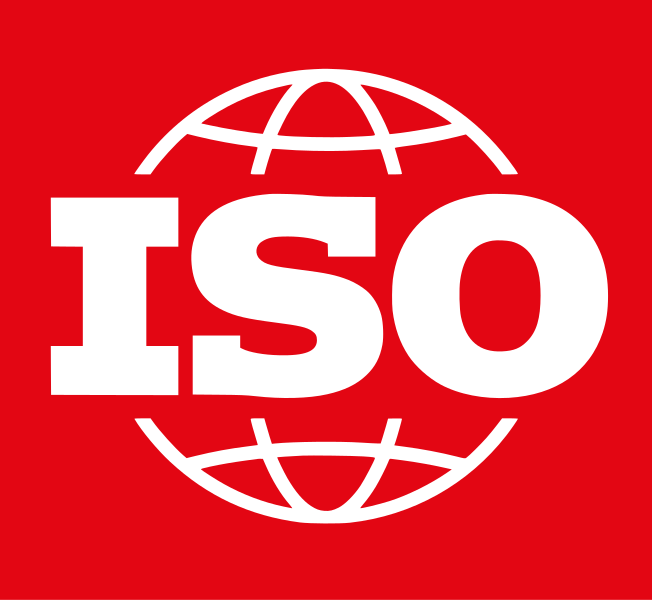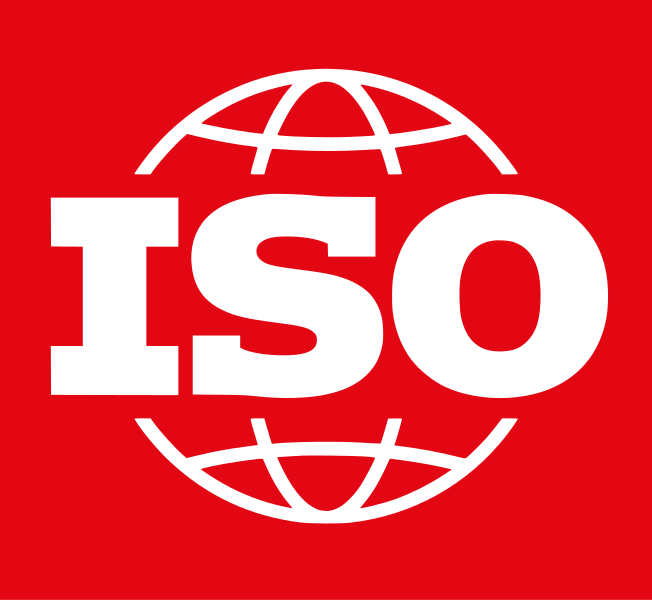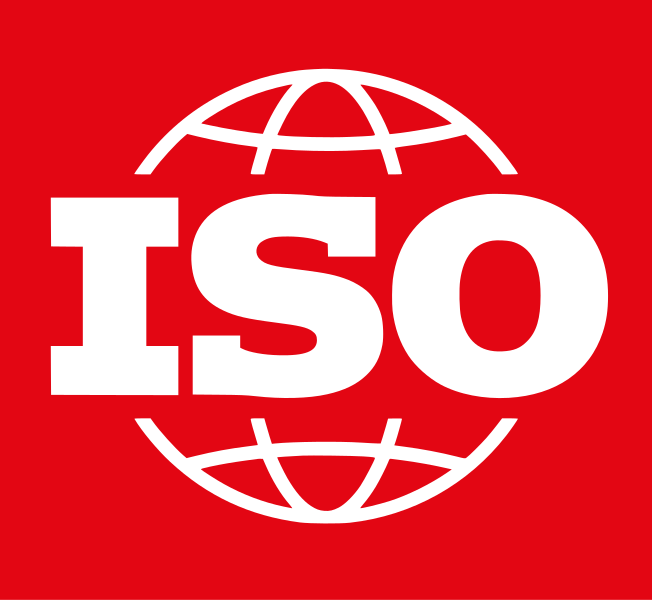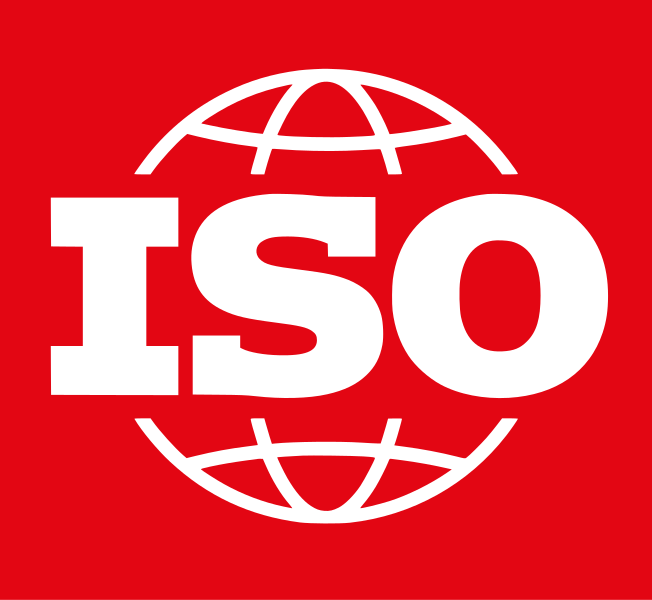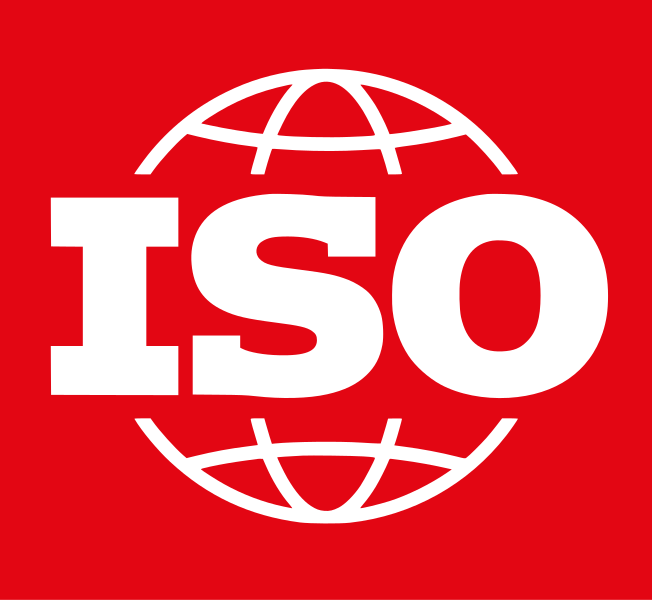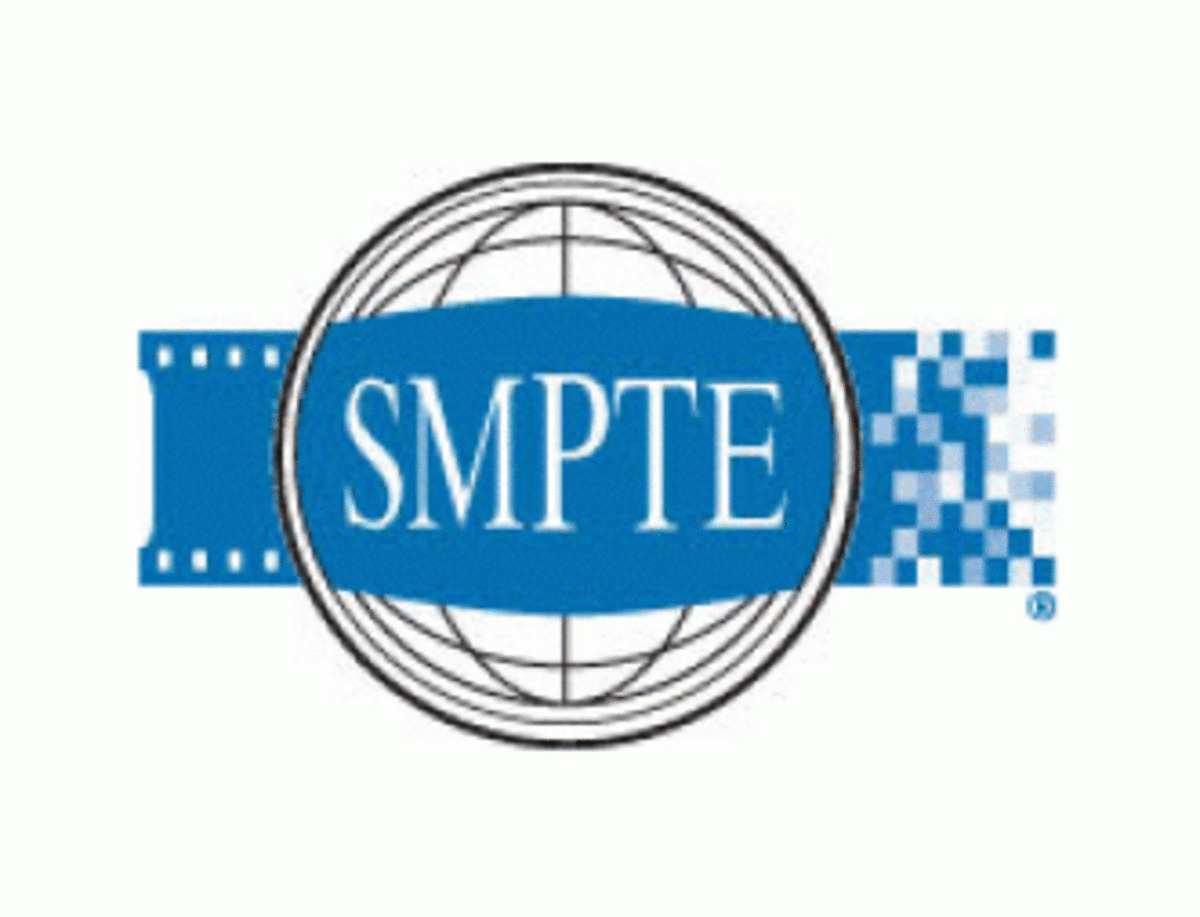Intelligent Transport Systems — Interface Protocol and Message Set Definition between Traffic Signal Controllers and Detectors
ISO 10711:2012 defines protocols and message sets between traffic detectors and traffic signal controllers. It is applicable to the various types of traffic detector technologies currently in use for real-time traffic signal controls.
It defines message sets that contain data collection and control protocol for three different types of detectors of traffic signal control systems:
detectors that deal with occupancy information;
detectors that deal with image information; and
detectors that deal with vehicle identification.
ISO 10711:2012 is limited to parameter generation to be used for traffic signal controls and for the interface between traffic signal controllers and detectors.
